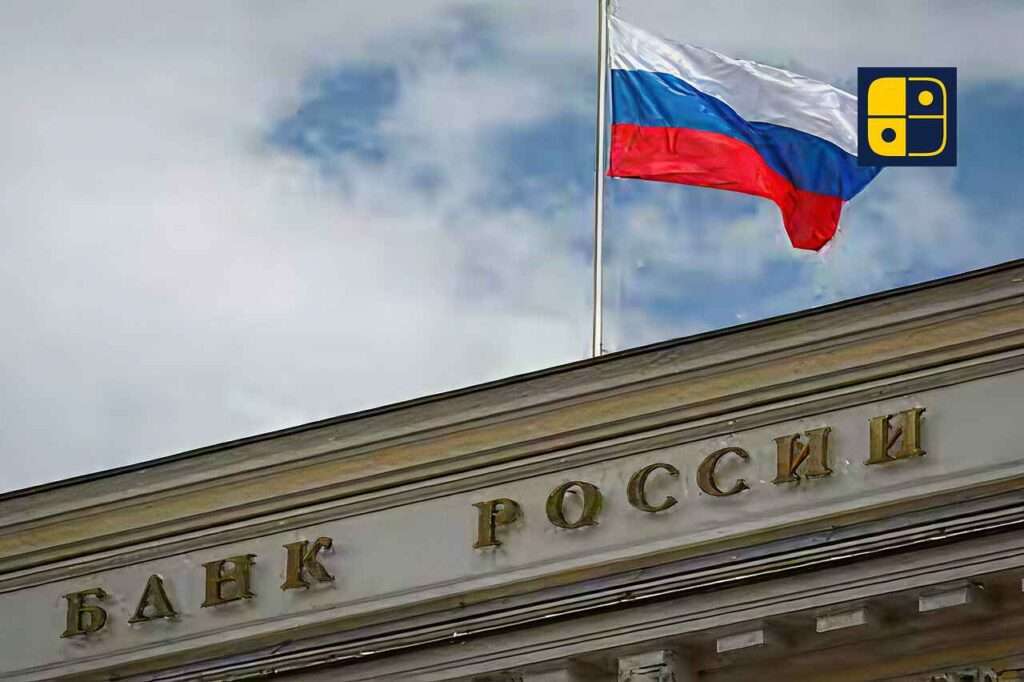Europe has stepped back towards the release of billions of Russian assets frozen since the beginning of the war in Ukraine, a move which has prompted strong warnings from Moscow.
The undertaking has been in the works for months, and it would allow monetization of Russian state reserves and assets, worth between $300–350 billion, so those funds could be used to procure military hardware, or aid to Ukraine in other financial ways. European officials stated that the measure conforms to the principle that Moscow should have to pay for the destruction caused by its invasion of Ukraine in 2022. EU President Ursula von der Leyen has emphasized the need to expedite the mechanism for redeeming frozen Russian assets. The UK and US are working on similar expeditions for frozen assets in relationship to Ukraine’s war effort.
Russia called the proposal a naked theft. Dmitry Medvedev, who previously served as President of Russia, warned of potential long-term consequences for any country that liquefies Russian funds, while stating: “Any European country that steals our property should understand that we will settle accounts with them by the end of the century.” He further remarked that Russia would seek justice through both international courts and retaliation.
The frozen assets include Russian government reserves and holdings in Western banks as well as those of wealthy individuals sanctioned after the start of the war. If successful, the plan would involve an unprecedented transfer of state assets to pay for the defence of another country.
While Europe claims the action is legal and justified by morality, Russia has warned participants they would be regarded as “long-term targets,” raising tensions between Russia and Western nations while Ukraine remains heavily dependent on Western financial and military aid.

